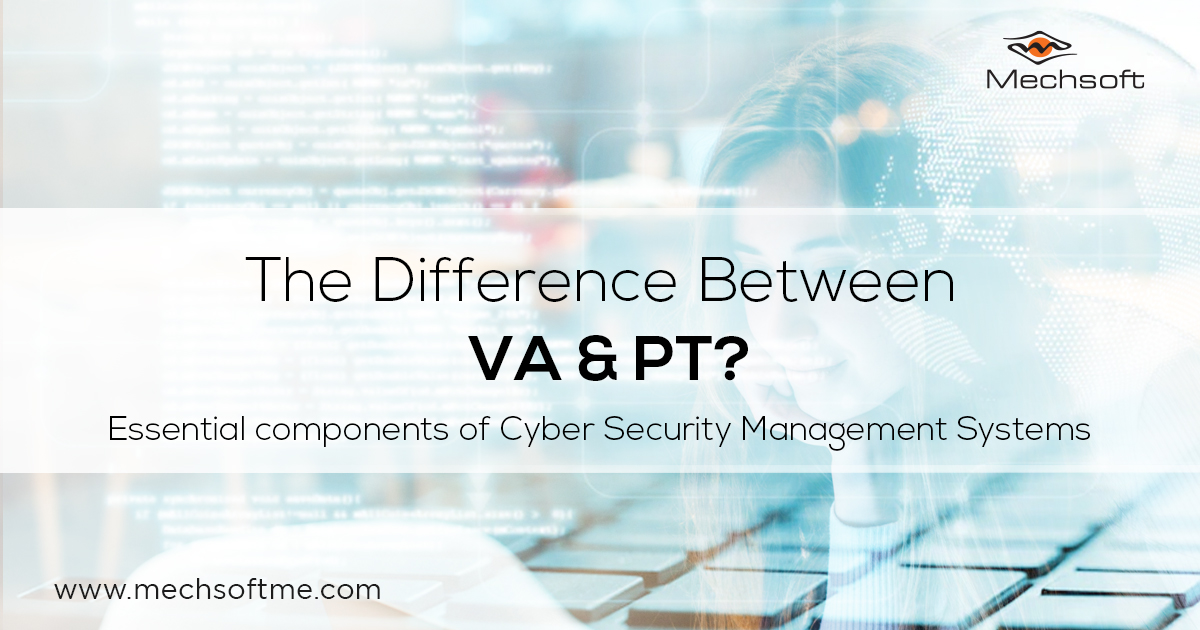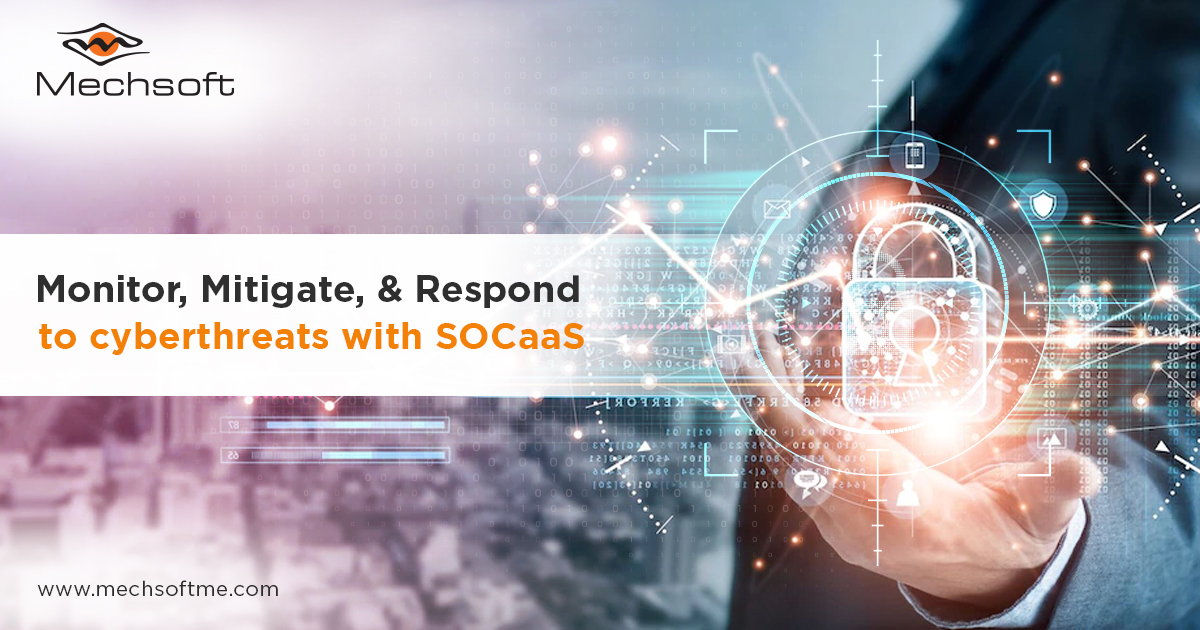Table of Contents
In today’s digital landscape, where organizations heavily rely on cloud computing to store and process their data, ensuring robust cloud security has become paramount. As cyber threats continue to evolve, adapt, and get more sophisticated, businesses need comprehensive and innovative security measures to safeguard sensitive data, especially that stored on the cloud.
What is Cloud Security?
Cloud Security refers to the set of measures and protocols designed to protect data, applications, and infrastructure residing in cloud environments. As businesses increasingly adopt cloud computing to leverage its scalability, flexibility, and cost-effectiveness, the need for robust security measures becomes crucial. Cloud security ensures that data is secure from unauthorized access, malicious attacks, and potential data breaches.
The Five Pillars of Cloud Security
To establish a comprehensive cloud security strategy, organizations need to focus on five pillars. Here are they:
Identity and Access Management (IAM)
Identity Access Management (IAM) plays a vital role in cloud security by managing user identities, user access levels, and authentication processes. IAM involves establishing and enforcing strong user authentication protocols, implementing multi-factor authentication, and setting up access controls based on the principle of least privilege. Effectively managing user identities helps businesses minimize risks stemming from unauthorized access and identity theft.
Detective Controls
Detective controls help organizations identify and detect potential security breaches or anomalies instantaneously. This includes implementing intrusion detection systems (IDS), security information and event management (SIEM) tools, and continuous monitoring mechanisms. Actively monitoring cloud environments empowers businesses to swiftly identify and respond to suspicious activities, minimizing the impact of security incidents.
Infrastructure Protection
Infrastructure protection involves securing the underlying cloud infrastructure, including servers, networks, and virtualization layers. This pillar emphasizes the implementation of strong network security measures, such as firewalls, intrusion prevention systems (IPS), and virtual private networks (VPNs). Additionally, regular patching and updates of system software and security configurations are essential to mitigate vulnerabilities in the cloud ecosystem and potential exploits.
Data Protection
Data protection is a critical aspect of cloud security, ensuring that sensitive information remains confidential, intact, and available only to authorized users. Protecting data includes encryption mechanisms to safeguard data both at rest and in transit, data loss prevention (DLP) solutions, and secure backup and disaster recovery strategies. Employing robust data protection measures allows organizations to prevent unauthorized data access, leakage, and loss.
Incident Response
Incident response focuses on the preparedness and ability to handle security incidents effectively. The process includes establishing an incident response plan, conducting regular security audits and vulnerability assessments, and defining clear protocols for incident containment, investigation, and recovery. Businesses can minimize the impact of security breaches and mitigate potential damages by having well-defined incident response strategies in place.
Types of Cloud Security
Cloud security encompasses various domains, each addressing specific aspects of data protection and risk mitigation. Let’s explore some key types of cloud security:
Data Security
Data security involves securing data stored within the cloud against unauthorized access, data breaches, and leaks. Encryption techniques, access controls, data classification, and secure data handling practices are essential components of data security. Robust data security protocols help businesses maintain the confidentiality, integrity, and availability of their sensitive data.
Network Security
Network security focuses on protecting cloud networks from unauthorized access, malicious activities, and network-level attacks. It involves implementing firewalls, intrusion detection and prevention systems, virtual private networks, and secure network architectures. Effective network security measures prevent unauthorized network access and help mitigate potential threats, ensuring the integrity of data transmissions within the cloud ecosystem.
Application Security
Application security protects cloud-based applications from potential vulnerabilities and attacks. It involves secure coding practices, vulnerability assessments, penetration testing, and robust authentication and authorization mechanisms. By prioritizing application security, organizations can mitigate the risk of application-level exploits and protect critical business functions leveraging cloud infrastructure.
Compliance and Legal Security
Compliance and legal security address the adherence to industry regulations, data protection laws, and contractual obligations within cloud ecosystems. It involves implementing measures to meet compliance standards such as GDPR, HIPAA, or PCI DSS, ensuring data privacy, confidentiality, and integrity. Having compliance and legal security measures helps organizations avoid regulatory penalties, reputational damage, and legal consequences.
Physical Infrastructure
Physical infrastructure security focuses on safeguarding the physical components of cloud data centers, including servers, storage devices, and networking equipment. It involves physical access controls, video surveillance, environmental resistance, and redundancy mechanisms to ensure high availability. By securing the physical infrastructure, businesses can prevent unauthorized physical access and protect against significant data losses.
Incident Response and Recovery
Incident response and recovery refer to the processes and procedures in place to handle security incidents. These measures help restore normal operations in case of a breach or disruption. Response and recovery procedures include incident detection, containment, eradication, and post-incident analysis to learn from security incidents and improve overall security posture.
Why Mechsoft Technologies Could be the Perfect Cloud Security Partner for Your Business
Cloud security is of supreme importance in the information age, which is why having a, trusted partner is crucial. Mechsoft Technologies offers comprehensive cloud security solutions tailored to the unique needs of businesses in the UAE. With a track record of delivering cutting-edge cyber security services, Mechsoft can help your organization achieve robust security.
We help businesses implement advanced security controls, and provide 24/7 monitoring and support. Leveraging our expertise in cloud security, Mechsoft Technologies helps fortify cloud infrastructure, ensuring robust data protection and effective incident response strategies. Get in touch with our team of cyber security veterans today.



